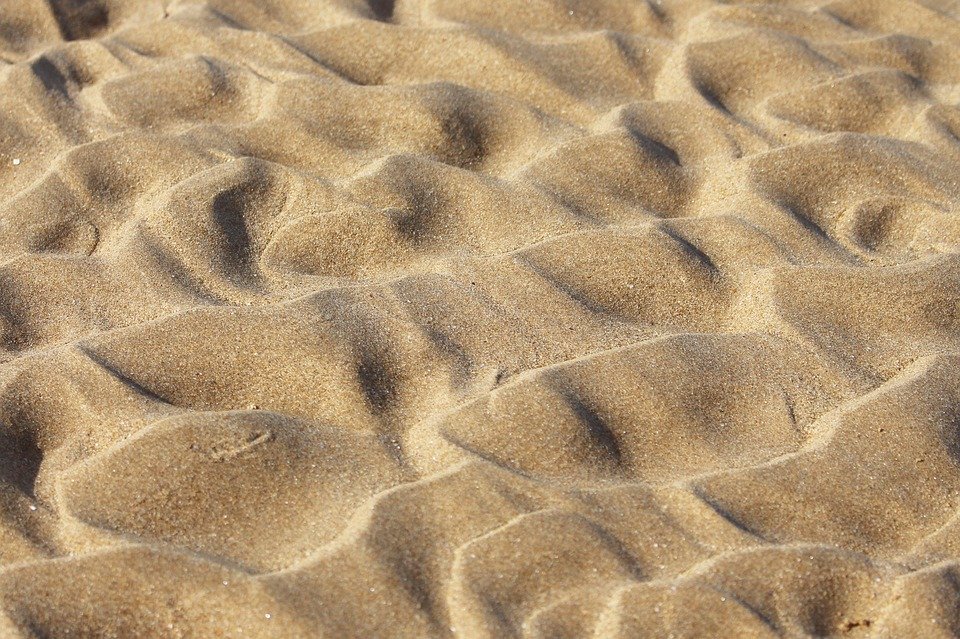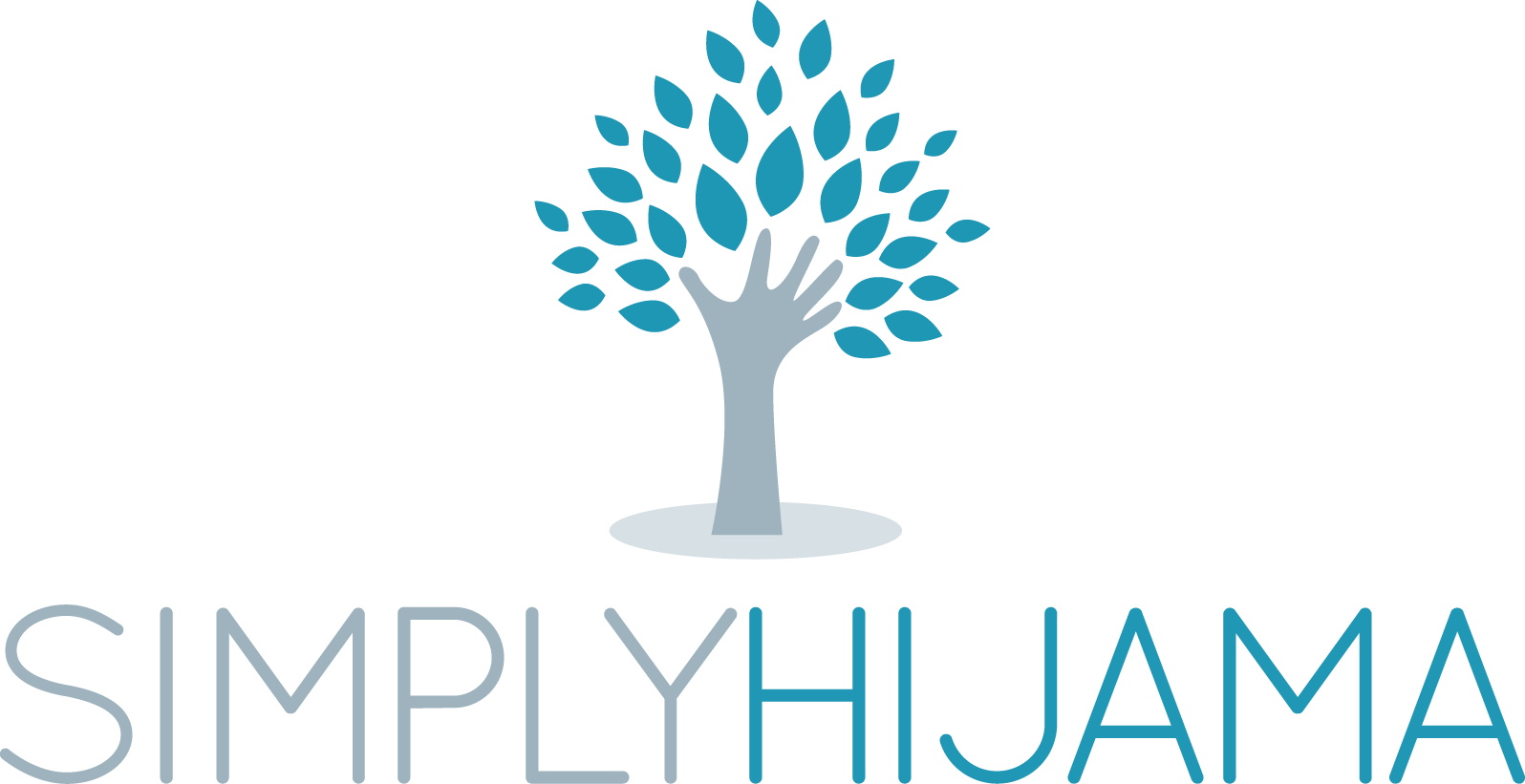When was the last time you walked barefoot in the sand, grass or in a forest? For most people, this doesn’t happen very often. But we’re now learning there might be more of a reason for you to start making these types of activities a priority. Known as “earthing” or “grounding,” when skin comes into contact with the ground, this creates a neutralising reaction which has positive effects on the body.
It might sound strange but sinking your bare toes into wet grass, dirt, sand, or water can greatly benefit your health by lowering pain, stress, improve your mood and much more.

Grounding is the act of putting the body in direct contact with the earth. The contact is direct, which means that the skin (most often, of the foot) touches the earth’s soil or water. The idea of earthing or grounding is that the planet we live on (Earth) is a source of beneficial negative energy that we can “plug” into to counter the positive charge we build up from our typical modern lifestyle that often lacks regular contact with nature, especially direct contact.
Grounding has been practiced since the beginning of time when our ancestors walked around in bare feet or natural leather moccasins or sandals. Perhaps this is one explanation for their longevity and good health. After the invention of rubber-soled shoes, a non-conductive barrier from the earth’s healing energy. People also generally don’t sleep on the ground anymore, as many cultures have done throughout history. They live and work above the ground, even far above the ground in high-rises. As our direct contact with the earth fades through the routine use of synthetic flooring and shoes, electromagnetic instability threatens our health.
The modern concept of grounding made its debut in 2010 with the release of Clint Ober’s book, ‘Earthing: The Most Important Health Discovery Ever?’ Nearly 12 years earlier Ober, a retired pioneer of the American cable TV industry, discovered that the same system of grounding used to stabilise telecommunications and wires could also stabilise the atoms in the human body, improving the function of all body systems.
The Journal of Environmental and Public Health states that the Earth’s surface possesses a limitless and continuously renewed supply of free or mobile electrons. The Earth’s negative charges can create a stable internal bioelectrical environment for the normal functioning of all body systems which may be important for setting the biological clock, regulating circadian rhythms and balancing cortisol levels. Your body is naturally able to absorb electrical charges from the earth since your skin acts like a “conductor.” Your feet, specifically certain points in the balls of your feet, are believed to be especially good at receiving the earth’s electricity.
According to Clint Ober, the human body is electrical first and chemical second. The brain, heartbeat and neurotransmitter activity, for example, all rely on electrical signals, which determine certain aspects of our health.
Grounding Benefits
Scientific research over more than a decade indicates that your body can be protected and healed when you electrically reconnect to the Earth or are grounded. Here are examples of potential benefits of grounding:
Neutralises Free Radicals
Free radicals are generated through inflammation, infection, cell damage, trauma, stress, and our toxic environments. They force our immune system to respond to these threats. An active immune system produces more free radicals and soon our body is attempting to put out fires, but it has insufficient resources to do so. Additionally, industrialization and our increasingly technological world have thrown us into a labyrinth of electromagnetic fields, which disrupt the electrical balance of our cells. An abundance of free radicals, instable charges, inflammation and immune activation are responsible for some of our most threatening chronic conditions such as cancer, cardiovascular disease, diabetes, chronic pain syndromes, and autoimmunity.
Grounding is a simple, inexpensive means by which most of us can combat these destructive forces. The negative electrons absorbed from the earth quenches the free radicals, supports the immune system, and puts out the fires. Nobel Prize winner Richard Feynman described an umbrella affect created when we “earth.” He claimed that grounding equalised the electronic potential between the body and the earth, so the body becomes an extension of the earth’s magnetic field. This potential “cancels, reduces, and pushes away electrical fields from the body.”
Reduces Stress and Improves Sleep
The nervous system is an electrical system of the body and influences all these activities. An influx of negative electrons from the earth has been shown to calm the nervous system by shifting the autonomic nervous system from the sympathetic, “fight-or-flight” branch toward the parasympathetic “rest-and-digest” branch.
Sleep and stress reduction are vital for managing pain, and decreasing the risks of many chronic health conditions. In a double blind study of 60 subject suffering from sleep disturbances and chronic muscle and joint pain for at least six months, grounding each night for one month produced a 74 to 100 percent improvement in quality of sleep, feeling rested upon waking, muscle stiffness and pain, chronic back and joint pain, and general well-being. Grounding helps to establish a normal cortisol level at night, which improves sleep, pain, and stress.
When grounded, the diurnal rhythm of the stress hormone, cortisol, begins to normalise. Cortisol is connected to your body’s stress response and helps control blood sugar levels, regulates metabolism, helps reduce inflammation, and assists with memory formulation. A study that examined the effects of being grounded while sleeping over the course of eight weeks showed a normalisation of the cortisol rhythm, participants in this study also slept better and woke up feeling more refreshed.
Better Pain Management
Another slightly larger study examined the role of grounding on post-exercise muscle damage. Researchers used both grounding patches and mats and measured creatine kinase, white blood cell count, and pain levels before and after grounding. Blood work indicated that grounding reduced muscle damage and pain in participants. This suggests that grounding may influence healing abilities.
This research is supported by a recent study on grounding for pain reduction and mood improvement. Sixteen massage therapists alternated between periods of grounding and no grounding. Before grounding therapy, physical and emotional stress and pain were common side effects of their physically demanding jobs. After the earthing therapy, pain, stress, depression, and fatigue were all reduced among participants.
Improves Inflammation and Immunity
When your body senses that you’re “under attack” or sick, it delivers reactive oxygen species (ROS) to the site of injury, which is another way of saying that it triggers an inflammatory response in an attempt to heal and defend you. When this takes place, some free radicals can leak into surrounding tissue and damage otherwise healthy parts of your body by increasing swelling, pain, heat and redness.
Eating plenty of high-antioxidant foods could be equated to the practice of grounding. Antioxidant electrons in your body help ensure damage from free radicals doesn’t get out of control and lead to high levels of inflammation and faster aging, just like anti-inflammatory foods do. So the free electrons from the earth can be absorbed from the bottom of your feet when they’re touching the ground, and then these can move anywhere in your body where free radicals are forming. The antioxidant electrons can help cancel out free radicals and protect against oxidative damage.
New studies are showing that grounding positively affects the inflammatory response and the immune system, which could have far-reaching health benefits. We already know that grounding improves cortisol levels. Since a high cortisol, associated with chronic stress, leads to systemic inflammation in the body, grounding can certainly improve inflammation as it normalises cortisol.
The influx of free negative electrons from the earth also combats positively charged free radicals generated by inflammatory factors as they respond to injury, infection, trauma or stress. As grounding neutralises free radicals, the immune response calms. Healing proceeds at a faster rate in the absence of destructive free radicals. When the body is deficient in negative electrons, cells and tissue are vulnerable to destruction, leading to free radicals, systemic inflammation, and chronic immune activation. This environment increases risks for cancer, autoimmunity, infections, chronic pain conditions, and a general decline in health.
Improve Circulation and May Reduce Risk of Cardiovascular disease
Results of one treatment study found that long-term self-administered grounding therapy helped to reduce blood pressure levels in participants with hypertension. When you are grounded, your circulation improves, aiding in the delivery of oxygen and nutrients to the tissues in your body, including better blood flow to your face.
In a small study on grounding and heart health, 10 healthy participants were grounded using patches on the palms of their hands and soles of their feet. Blood measurements were taken before and after grounding to determine any changes in red blood cell fluidity, which plays a role in heart health. The results indicated significantly less red blood cell clumping after grounding, which suggests benefits for cardiovascular health.
Experts on earthing and grounding believe that this practice can help improve circulation, which means you’re better able to distribute nutrients throughout your body and also carry waste and toxins out. In fact, enhanced circulation can have a tremendous effect on the body in many ways.
Most of the studies on grounding are small and rely somewhat on subjective measures, such as self-reported feelings, mood, or even self-administered treatment. Some studies also rely on blood markers, such as those that detect inflammation, but the size and shortage of these studies suggests that more research is needed.
Techniques for Health
Types of Grounding
There are many types of grounding. All of them focus on reconnecting yourself to the earth. This can be done through either direct or indirect contact with the earth. Grounding can be performed both outdoors and indoors.
Outdoors
When you’re outside, you can easily ground yourself by allowing the bottoms of your feet, palms of your hands, or entire body to touch the earth. Moisture is a superior conductor and therefore, wet grass, dirt, a beach or lake provides the best grounding experience. It is also helpful to know that leather, metal, cotton, and non-stained concrete are conductive. However, pavement, wood, plastic, rubber, synthetic or insulated materials will block the healthful negative charges from the earth.
Walking barefoot
Whether this is on grass, sand, or even mud, allowing your skin to touch the natural ground can provide you with grounding energy.
Lying on the ground
You can increase your skin-to-earth contact by lying on the ground. You can do it in the grass by the park or on the sand at the beach. If you’re going to ground yourself in this way, be sure to take the proper precautions and never lie somewhere you could be injured.
In touch with nature
You could do your gardening activities with your bare hands. Perhaps hug a living tree or lean up against a living tree.

Submersing in water
Simply wading in a clear lake or swimming in the ocean as a way to ground yourself. As always, be sure to stay safe when swimming, especially in murky or deep waters.
Indoors
When you’re inside, grounding yourself requires a bit more effort and in most cases, equipment.
Grounding rod
One method of grounding involves connecting a metal rod to the ground outside and then connecting the rod to your body through a wire. This requires doing a bit of research to ensure you do not electrocute yourself.
Grounding mats
They look like yoga mats, but they have a controller and are connected to electrical fields being given off from the earth’s surface. They can be an easy way to practice grounding while working at a desk, standing around the bathroom or kitchen, watching TV or talking on the phone.
Earthing shoes
Most shoes today have rubber soles, but grounding shoes have natural leather soles. The idea is that the permeability of the leather allows a connection to the earth, which is blocked by standard soled shoes.
Grounding bands
These are elastic, adjustable bands that can be placed on the wrists and arms. Some people like to wear these while cooking, working or doing anything else around the house when they can’t be outdoors.
Grounding bed
A type of electrically-charged bed has been created that features silver wires that are connected to the electrical charge of the earth once plugged into an “earthing” port. These beds basically have conductive systems that transfer the earth’s electrons from the ground into the body.
Grounding sheets
Grounding sheets have a grounding wire designed to plug into the ground port of your wall outlet or grounded rod, which is meant to connect you to the earth while you sleep.
Most experts agree there is nothing like practicing grounding outdoors in its traditional fashion. Grounding yourself outdoors rather than indoors also adds the major health benefits of nature you just can’t get while being inside.
How long does it take to notice benefits?
Everybody is different, and just like no two people will get the same results when undertaking a fitness or diet program, your results will depend on your circumstances. However, research has shown that within 30 minutes to 90 minutes of grounding you may start to notice a difference with pain levels, stress, calmness, easier to get off to sleep or just feeling better than before.
If you have a long standing health issue it has been shown that consistent grounding/earthing is more beneficial and any results may take several weeks to be apparent. If you are generally healthy you may not notice much change at all, however, your body is receiving less free radical damage and can therefore heal and repair every night as it is meant to, keeping your body in continual good health and well-being.
The bottom line is that some people experience grounding benefits quickly and for others it may take time.
Precautions
Many of the grounding techniques performed in nature, such as walking through the grass or swimming at the beach, are relatively safe. You have to be careful of where you’re walking barefoot and watch out for any hazardous materials (such as glass or sharp rocks) that may be present where you’re grounding.
There may be a risk of electrocution when using grounding rods, mats, or similar equipment. When using these types of grounding equipment, be mindful and follow all directions to avoid an electric shock.
In addition, conditions like chronic fatigue, pain, and anxiety may have underlying medical causes that need to be addressed. Always visit your doctor for these types of conditions first before relying on grounding therapy as the first line of treatment.
Always consult with your healthcare provider before using indoor grounding products if you are pregnant, nursing, have a medication condition or are currently taking medication.
To Sum Up…
Grounding, also called earthing, is a therapeutic technique that involves doing activities that “ground” or electrically reconnect you to the earth. When your bare feet or skin comes in contact with the earth, free electrons are taken up into the body. These electrons could be nature’s biggest antioxidants and help neutralise damaging too much free radicals in the body that can lead to inflammation and disease.
The Earth’s energy allows the body to repair and rebalance itself promoting wellbeing and vitality. It also harmonises and stabilises the body’s basic biological rhythms, such as your nervous system and circadian rhythm improving sleep, reducing stress, lowering chronic inflammation and eliminating associated pain, making it the most natural and powerful anti-inflammatory and anti-aging remedy around!
More research is certainly needed to find out the full potential of this amazing technique that has been unknowingly practiced by our ancestors.
Grounding can be performed inside or outside, with or without grounding equipment. No matter how you choose to perform grounding, make sure that you’re always aware of your surroundings outside and use earthing equipment safely to reduce risks.
No matter what your age, gender, race or health status you will benefit from a daily dose of grounding. Try to incorporate a grounding practice into your life, try to get outside while totally barefoot for at least 30 minutes a day. If you can’t dedicate that much time, then do it for as long as you can on a regular basis.
The best part about grounding is that it’s super simple and when used outdoors it’s completely free. It requires nothing but your bare body and willingness to try something new!
Sources
https://www.healthline.com/health/grounding
https://www.ncbi.nlm.nih.gov/pmc/articles/PMC3265077/
https://www.fibrofix.com/blogs/news/health-benefits-of-grounding-earthing
https://www.ncbi.nlm.nih.gov/pmc/articles/PMC4378297/
https://chopra.com/articles/grounding-the-human-body-the-healing-benefits-of-earthing
https://draxe.com/health/earthing/

